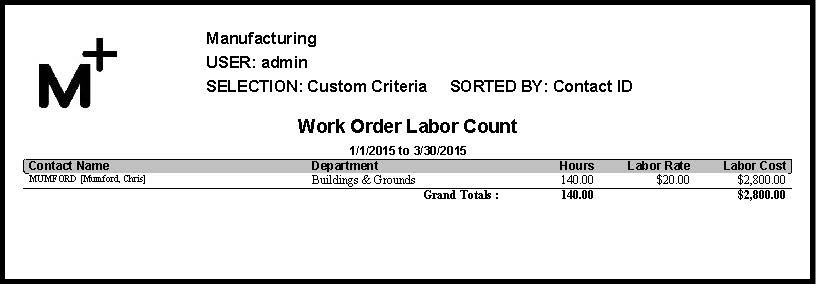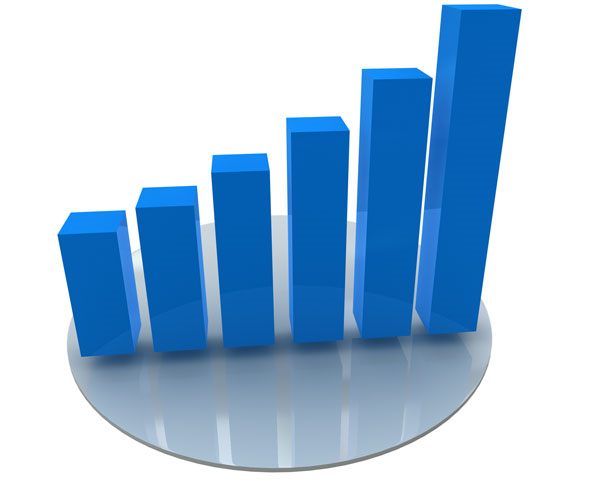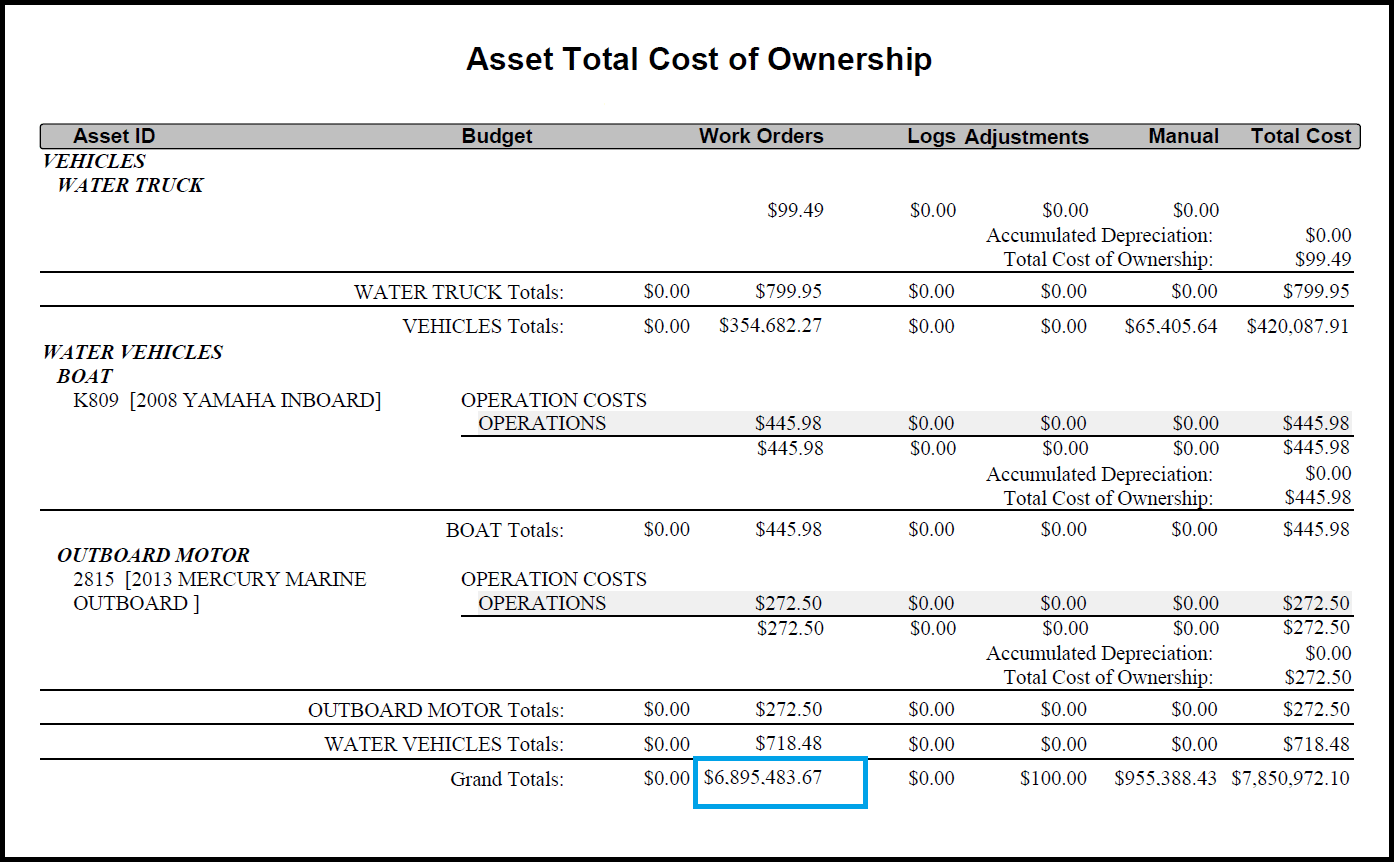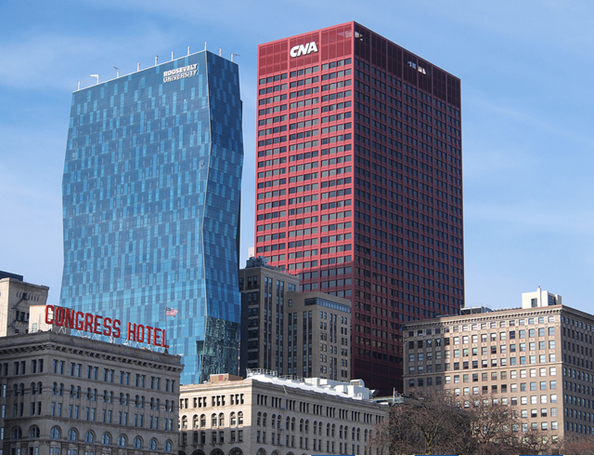ABCs of Advanced Maintenance: Schedule Compliance Ratio
In our last installment, we looked at the first key metric you should calculate when evaluating your maintenance operations: Maintenance management Cost as a Percent of RAV (Replacement Asset Value). In broad terms, this metric indicates whether you’re spending too much on maintenance.
So let’s suppose you’ve used your maintenance management software to perform this calculation for your company, and discovered that your maintenance management cost is high (or you’re in the benchmark best practice range, but want to become world class). Now what?
It’s time to drill down into different facets of your maintenance operations to zero-in on problem areas. And once again, the data you’re tracking in your maintenance management software will prove invaluable.
Since labor typically tops the list of expenses for any company, it makes sense to look there first if you find that your maintenance management costs are too high. The key question is, are you getting the maximum amount for every dollar you’re spending on labor?
Answering this question is straightforward–all you need to do is calculate your Schedule Compliance Ratio using data from your maintenance management software. First you’ll need to find the total number of labor hours that have been allocated on all of your work orders over a given period. In ManagerPlus, all you need to do is go to the Reports Module and select the “Work Order Labor Count” report under the Work Orders section.
Continue reading “How to Minimize Maintenance Management Labor Cost?”



